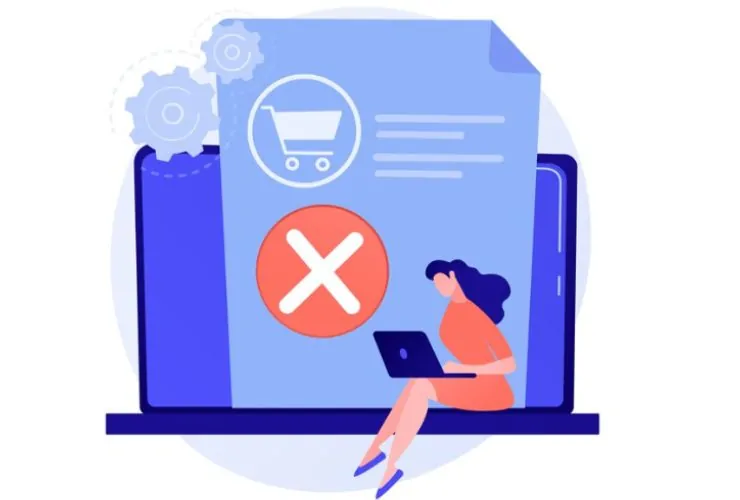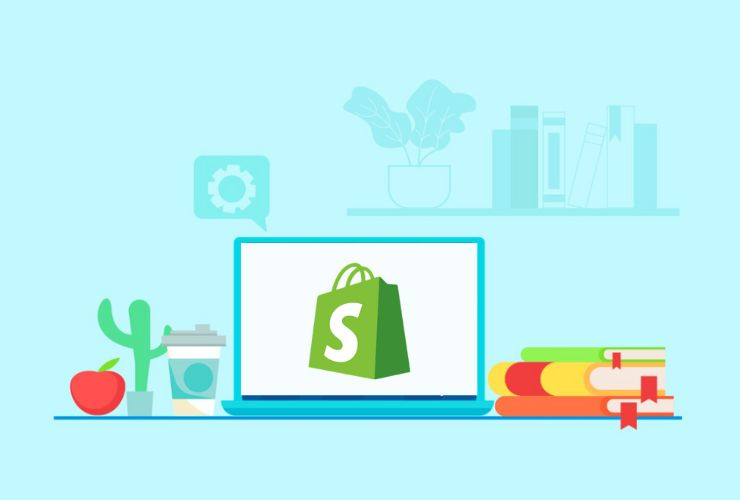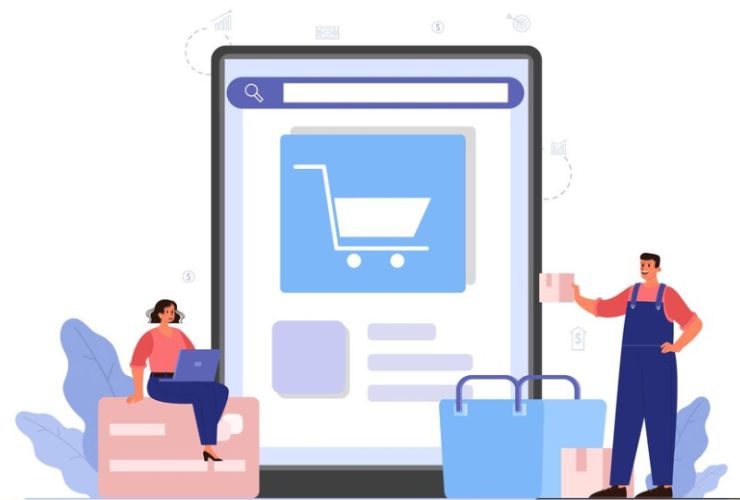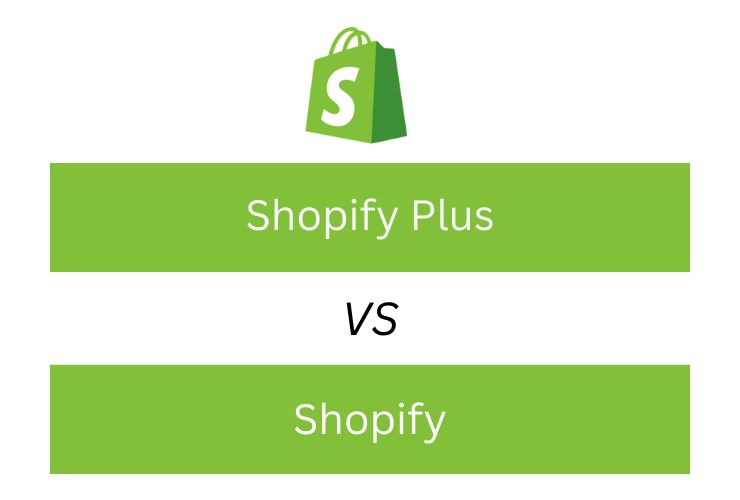Setting up an online store with Shopify is easy; however, how to make that store successful will require careful planning and execution. Many store owners commit mistakes which can affect their sales, the customer experience, and search rankings. These errors are common and can be avoided with the proper strategies. In this blog, we will discover some of the most common mistakes Shopify stores commit and give actionable solutions to make your store run better and perform higher.
1. Poor Navigation and User Experience in the Store
The most serious mistake store owners on Shopify can make is underestimating how important navigation, and by proxy, overall UX, are in a shop. If it doesn’t have solid navigation, this will get their customers frustrated soon enough and exiting the store leads to an incredibly high bounce rate and missed sale.
Therefore, keep your site’s navigation really clean and to the point: organize product categories in such an order that one can find stuff without a thought. A well-designed menu with understandable categorization and least subcategories contributes to good usability. Including a search bar further enables easy lookup of the customer’s favorite items. The link or page resulting in errors needs to be repaired as soon as possible since, apart from driving users up against the wall, it will be bad for your SEO rating, too.
2. Slow Page Loading Speed
A slow-loading Shopify store can drive potential customers away before they even get a chance to explore your products. Page speed is a crucial factor in both user experience and search engine rankings.
To optimize your store’s loading speed, start by compressing images without sacrificing quality. Large image files are one of the primary reasons for slow websites. A fast Shopify theme with minimal coding that does not make unnecessary requests would do the trick, in addition to not installing too many apps on your store. Many background apps can slow it down. Implementing lazy loading for images and videos will make pages load faster by showing content just when it’s needed. Moreover, a content delivery network is used to make sure that the store loads promptly for users of different locations.
3. Avoiding Shopify SEO Best Practices
SEO is another important factor, which drives traffic to your Shopify store organically. However, most of the store owners often neglect SEO; this leads to poor visibility of the store in Google and other search engines.
Add relevant keywords to your product titles, descriptions, and meta tags for enhanced SEO. Refrain from copied product descriptions from manufacturers, as unique content tends to rank better in search. The description should be engaging yet informative and infused with keywords naturally. Optimizing URLs is also essential by keeping them short and descriptive. Alt text to all images adds to search engine understanding of your images and enhances your ranking in image search results. Rich content on blogs that are related to your products further increases organic traffic. Creating backlinks from reputable websites improves the domain authority of your site and enhances search rankings.
4. Weak product descriptions
A majority of the shop owners who are running stores in Shopify end up making errors about short vague descriptions or repetitive use of similar phrases, thus never grabbing customer’s attention. More than describing its features, the product description must sell that particular product.
A compelling product description should include detailed information about the product, its benefits, and how it can be used. Use storytelling techniques to connect with your audience emotionally. Formatting the description with bullet points makes it easier to scan, while adding high-quality images and videos provides a better understanding of the product. Answering common customer questions within the description can also help reduce hesitation and increase conversions.
5. Long or Complicated Checkout Process
One of the most common reasons for cart abandonment is a long or complicated checkout process. If the checkout process is frustrating for customers, they will likely leave without completing their purchase.
Check-out should be easier; therefore, a guest check-out option that does not obligate the shopper to create an account is helpful. A single-page check-out reduces the steps to complete; thus, customers will find this process faster and more efficient. A progress bar will help indicate how close one is to check-out completion. Offering multiple ways of payment means that all the shoppers will benefit from convenience at the check-out stage, where credit cards, PayPal, or BNPL may be used for payment.
6. Not utilizing email marketing in customer retention strategy
Shopify store owners pay much attention towards getting new customers but forget how important it is to retain those already existing with them. Relationship building and conversion of one time customers into multitime customers will be possible using email marketing strategies.
Majority email marketing strategies would have to be personalized based on customer behavior to maximize effectiveness. Email of abandoned cart will ensure customers remember their left items in the store and check out those items. Exclusive discounts and offers via promotional emails ensure that your store is always at the top of the customers’ mind. Collecting email addresses through pop-ups and newsletters will ensure proper building of email lists for marketing in the near future.
7. Lack of Trust Signals (Security and Reviews)
Online shoppers are careful about where they make purchases, and if your Shopify store lacks trust signals, then the potential customer may not want to buy from you.
To establish trust, display security badges that show safe transactions, such as SSL certificates and secure payment options. Customer reviews and testimonials are social proof, reassuring new buyers about the quality of your products. A clear refund and return policy also increases trust and encourages hesitant shoppers to complete their purchase.
8. Poor Mobile Optimization
With more than 60% of online shopping done on mobile devices, a store that fails to optimize for mobile will likely lose sales. A store that looks great on desktop but performs poorly on mobile will not keep its customers.
Make sure that the shop is mobile friendly by using responsive Shopify themes and images that don’t take much space. Unnecessary pop-up windows should not be used while navigating through your shop on the mobile. Always use large, easy-to-click buttons, and test the check-out process in different mobiles to ensure trouble-free transactions.
9. No Use of Shopify Analytics for Analyzing Performance
You won’t know what works and what needs improvement without tracking your store’s performance. Most store owners do not use analytics, and thus they miss out on potential growth.
To keep on top of things, set up Google Analytics and Shopify Reports to view essential metrics such as bounce rate, conversion rate, and cart abandonment. Heatmaps can be used to understand how users browse your store and find areas where they drop off. This way, by analyzing analytics data regularly, you will have data-driven decisions to make to optimize your store and, therefore, improve sales.
Final Thoughts
This avoids many common Shopify mistakes that might lead to a poorly performing online store unable to attract customers or boost sales. You can either be starting out or managing a store to get long-term success by continually analyzing and enhancing your Shopify setup. It will create a smooth shopping experience for customers when presented with user experience, SEO, product presentation, checkout efficiency, and customer engagement.
If you want help in optimizing your Shopify store, consider hiring experts from Shopify who can better enhance the performance of your store and make your eCommerce success hit higher heights.














